Home>Home Maintenance>Why Have A Kennel Ventilation System
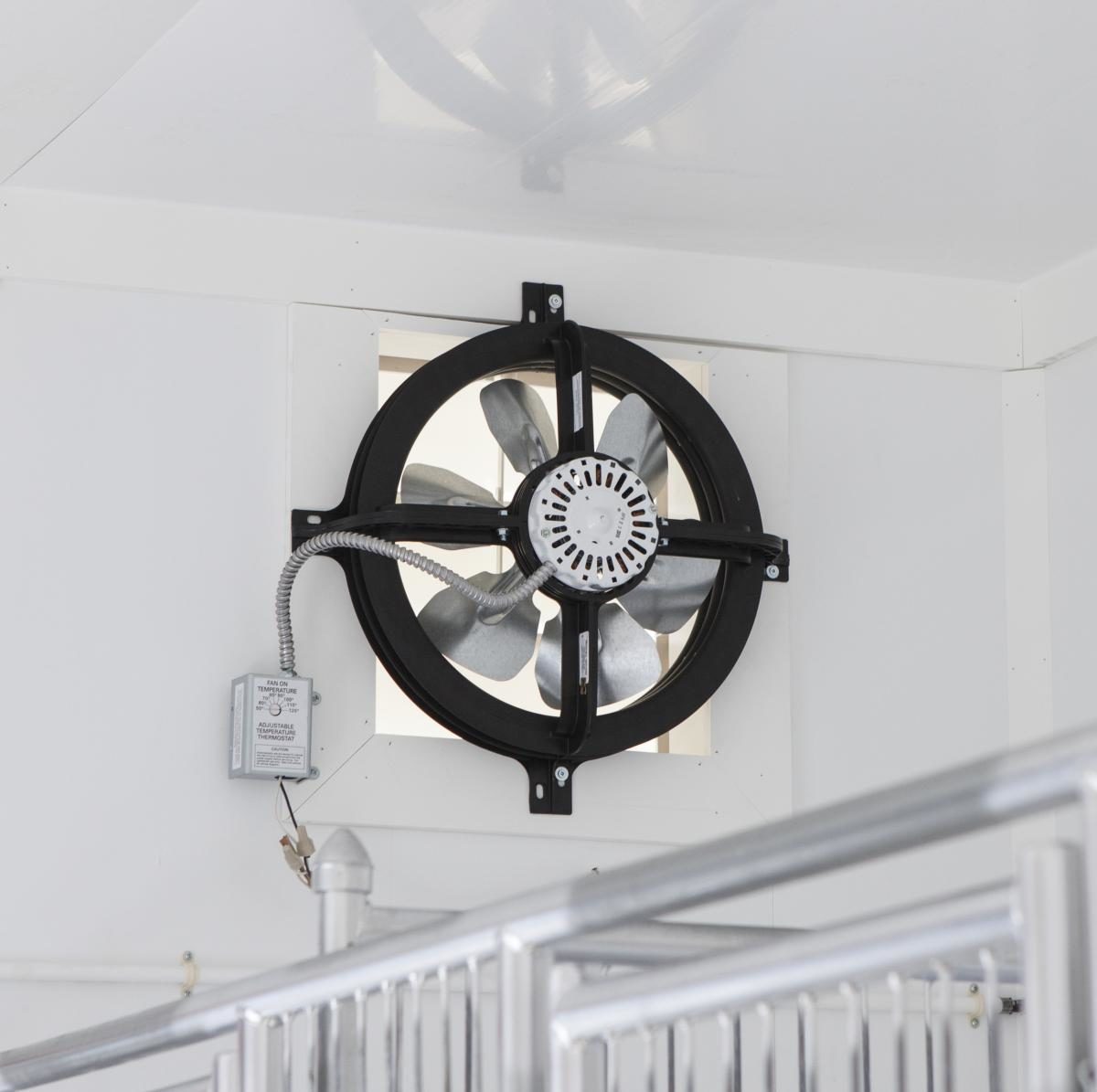

Home Maintenance
Why Have A Kennel Ventilation System
Modified: March 6, 2024
Ensure the optimal home maintenance with a kennel ventilation system. Improve air quality for pets and minimize odors. Enhance the comfort and health of your furry friends.
(Many of the links in this article redirect to a specific reviewed product. Your purchase of these products through affiliate links helps to generate commission for Storables.com, at no extra cost. Learn more)
Introduction
Welcome to the world of home maintenance, where taking care of your living space goes beyond just cleaning and repairs. One aspect that often gets overlooked is proper ventilation, which is crucial for maintaining a healthy and comfortable environment. This is especially true when it comes to areas like kennels, where the welfare of our beloved pets is at stake.
In this article, we will explore the importance of having a kennel ventilation system and the many benefits it provides. We will also discuss the factors to consider when choosing the right ventilation system for your kennel.
Proper ventilation in kennels is essential for a multitude of reasons. First and foremost, it ensures the well-being and safety of your furry friends. Just like humans, animals need fresh air to breathe and a controlled environment to thrive in. Without the right ventilation system, your pets may be exposed to poor air quality, high temperatures, and increased risks of disease and infection.
But it’s not just about the health of your pets. A well-ventilated kennel also benefits the owners and caretakers. It helps control unpleasant odors, reduces noise levels, and provides a comfortable space for both the animals and humans.
Choosing the right kennel ventilation system can be a daunting task, as there are various factors to consider. The size and layout of the kennel, the capacity and airflow requirements, energy efficiency, and ease of maintenance and cleaning all play a crucial role.
So, whether you’re a pet owner, a professional breeder, or a kennel operator, investing in a reliable and efficient ventilation system is a wise decision. It not only promotes the well-being of your pets but also creates a comfortable and healthy environment for everyone involved. So, let’s dive in and explore the benefits of kennel ventilation systems in more detail.
Key Takeaways:
- Proper ventilation in kennels is crucial for maintaining a healthy and comfortable environment for animals and caretakers. It ensures clean air, regulates temperature, reduces disease risk, controls odors, and minimizes noise levels.
- When choosing a kennel ventilation system, consider factors such as size, airflow, energy efficiency, maintenance, and compliance with regulations. A well-chosen system promotes a safe, healthy, and comfortable environment for animals and staff.
Read more: What To Do If You Don’t Have A Range Hood
Importance of Proper Ventilation in Kennels
Proper ventilation in kennels is of utmost importance for several reasons. It plays a significant role in maintaining a healthy and comfortable environment for the animals and the people who care for them. Let’s take a closer look at why proper ventilation is vital in kennels.
1. Air Quality: Adequate ventilation ensures a constant supply of fresh, clean air in the kennel space. It helps remove and dilute airborne contaminants such as dust, dander, allergens, and odors. Good air quality is essential to prevent respiratory problems and promote overall well-being for the animals.
2. Temperature Regulation: Kennels can get extremely hot, especially during the summer months. Proper ventilation helps maintain a comfortable temperature by allowing the exchange of hot, stale air with fresh, cooler air from outside. It prevents overheating and ensures a cool environment for the pets, reducing the risk of heat stress or heat-related illnesses.
3. Reduced Risk of Disease and Infection: Poor ventilation can result in a buildup of harmful bacteria, viruses, and other pathogens in the kennel environment. This can increase the risk of contagious diseases and infections among the animals. Proper ventilation helps prevent the spread of airborne pathogens by circulating and filtering the air, creating a healthier space for the pets.
4. Odor Control: Kennels often have a distinct smell due to the presence of animals. A well-ventilated space helps control and minimize odors by constantly replenishing the air with fresh air from outside. This creates a more pleasant environment for both the animals and the caretakers.
5. Noise Reduction: Dogs and other animals in kennels can be quite vocal, leading to high noise levels. Proper ventilation systems that incorporate sound insulation features can help reduce noise transmission, creating a quieter and more peaceful environment for the pets and the staff.
Overall, proper ventilation in kennels is crucial for maintaining a healthy, comfortable, and safe environment for the animals and the people caring for them. It ensures good air quality, regulates temperature, reduces the risk of disease and infection, controls odors, and minimizes noise levels. By investing in a reliable and efficient ventilation system, you can provide your pets with an optimal living space that supports their well-being and happiness.
Benefits of Kennel Ventilation Systems
A kennel ventilation system offers numerous benefits for both the animals and the caretakers. Let’s explore some of the key advantages of having a reliable ventilation system in place.
1. Improved Air Quality: A high-quality ventilation system ensures a continuous supply of fresh air, removing stale air and contaminants such as dust, dander, and allergens. This helps maintain clean and healthy air for the animals to breathe, reducing the risk of respiratory problems and promoting overall well-being.
2. Temperature Regulation: Kennels often face temperature extremes, and a ventilation system plays a crucial role in regulating the indoor temperature. It helps exchange hot, stagnant air with cooler, fresher air from outside, creating a comfortable environment for the animals. This is particularly important during hot summer months or in regions with extreme weather conditions.
3. Reduced Risk of Disease and Infection: Proper ventilation helps control the spread of airborne pathogens, reducing the risk of contagious diseases and infections among the animals. It circulates and filters the air, removing harmful bacteria and viruses that can thrive in poorly ventilated spaces. This is essential in preventing outbreaks and maintaining a healthy population of animals.
4. Odor Control: Kennels can develop unpleasant odors due to the presence of animals. A well-designed ventilation system helps control and minimize these odors by constantly refreshing the air with fresh air from outside. This creates a more pleasant environment for both the animals and the caretakers, improving the overall experience of being in the kennel.
5. Noise Reduction: Animals in a kennel environment can be quite noisy, leading to high noise levels. A properly designed ventilation system can incorporate sound insulation features, reducing noise transmission between kennels and creating a quieter environment for the animals and staff. This helps reduce stress levels for the animals and promotes a calmer atmosphere within the facility.
6. Comfort for Animals and Caretakers: A well-ventilated kennel provides a comfortable and inviting space for the animals, promoting their overall well-being. It also creates a more pleasant working environment for the caretakers, as they can breathe fresh air and have a comfortable temperature while attending to the animals’ needs. A comfortable and healthy environment contributes to the overall satisfaction and efficiency of the caretakers.
7. Compliance with Regulations: In many regions, there are specific regulations and guidelines regarding the ventilation requirements for animal care facilities. Having a proper ventilation system in place ensures compliance with these regulations and helps create a safe and healthy environment for the animals, staff, and visitors.
8. Energy Efficiency: Modern ventilation systems are designed to be energy-efficient, utilizing advanced technologies to provide optimal airflow while minimizing energy consumption. This not only reduces utility costs but also demonstrates a commitment to sustainability and environmental stewardship.
Overall, investing in a reliable kennel ventilation system offers a multitude of benefits, including improved air quality, temperature regulation, reduced risk of disease and infection, odor control, noise reduction, enhanced comfort, compliance with regulations, and energy efficiency. By providing a healthy and comfortable space for the animals, a quality ventilation system contributes to their overall well-being and supports a positive and productive environment for the caretakers.
Improved Air Quality
One of the primary benefits of having a kennel ventilation system is the significant improvement in air quality. Poor air quality can have detrimental effects on the health and well-being of both animals and humans in a kennel environment. Here are some ways in which a ventilation system enhances air quality:
1. Removal of Contaminants: A kennel ventilation system helps remove airborne contaminants such as dust, dander, pollen, and other allergens. These particles can circulate in the air and lead to respiratory issues for both animals and caretakers. By constantly circulating and filtering the air, the ventilation system ensures that these contaminants are removed, resulting in cleaner and healthier air.
2. Reduction of Mold and Mildew: Poorly ventilated kennels can create a humid environment, leading to the growth of mold and mildew. These fungi can release spores into the air, which can trigger allergies and respiratory problems. A well-designed ventilation system helps regulate humidity levels by removing excess moisture, thus preventing the growth of mold and mildew and ensuring cleaner air quality.
3. Elimination of Odors: Animal odors can quickly become overwhelming in a confined space like a kennel. A ventilation system helps control and minimize odors by constantly bringing in fresh air from outside and removing stale, odor-laden air. This results in a more pleasant and inviting environment for both the animals and caretakers.
4. Improved Health and Well-being: Clean and fresh air is essential for the health and well-being of the animals in a kennel. Proper ventilation reduces the risk of respiratory issues such as coughing, wheezing, and respiratory infections. It also helps prevent the spread of airborne diseases by removing pathogens from the air, promoting a healthier and safer environment for the animals.
5. Comfort for Animals: Animals thrive in environments with good air quality. By ensuring a constant supply of fresh and clean air, a ventilation system creates a comfortable and stress-free atmosphere for the animals. This, in turn, contributes to their overall well-being and cuts down on behavioral issues that may arise from discomfort or poor air quality.
6. Improved Work Environment: A ventilation system not only benefits the animals but also the caretakers and staff in the kennel. By providing clean and fresh air, it creates a healthier and more comfortable work environment. This leads to increased productivity, reduced absenteeism, and improved job satisfaction for the caretakers.
With an emphasis on maintaining excellent air quality, a well-designed kennel ventilation system plays a vital role in creating a safe, healthy, and pleasant environment for both animals and humans. By removing contaminants, reducing mold and mildew, eliminating odors, promoting animal health, and ensuring comfort for everyone involved, the ventilation system significantly enhances the overall air quality in the kennel.
Temperature Regulation
Temperature regulation is a critical aspect of maintaining a comfortable and healthy environment in kennels. Extreme temperatures can put stress on animals and affect their overall well-being. A reliable kennel ventilation system plays a crucial role in regulating the temperature and ensuring optimal conditions. Here’s how a ventilation system can help with temperature regulation:
1. Cooling in Hot Weather: During hot summer months, kennels can become uncomfortably hot, especially if they are located in areas with high temperatures or limited shade. A ventilation system helps cool down the temperature by exchanging hot, stagnant air inside the kennel with fresh, cooler air from outside. This circulation of air helps create a more comfortable and safer environment for the animals, reducing the risk of heat stress or heat-related illnesses.
2. Heating in Cold Weather: In colder climates or during winter seasons, a kennel ventilation system can also be equipped with heating capabilities. This ensures that the indoor temperature remains at a comfortable level for the animals. By providing warmth when needed, the ventilation system helps prevent cold-related issues and ensures the well-being of the animals in colder months.
3. Proper Airflow: In addition to temperature control, a ventilation system ensures proper airflow throughout the kennel. This helps distribute the conditioned air evenly, preventing cold or hot spots. Balanced airflow helps maintain a consistent temperature in different areas of the kennel, promoting the comfort of the animals and reducing stress levels.
4. Humidity Control: Temperature regulation also involves managing the humidity levels in the kennel. Excessive humidity can make the environment uncomfortable and increase the risk of mold and mildew growth. A ventilation system helps maintain the proper humidity levels by removing excess moisture. This contributes to a more comfortable and healthier atmosphere for the animals.
5. Energy Efficiency: Modern kennel ventilation systems are designed to be energy-efficient. They utilize advanced technologies and controls to optimize airflow and reduce energy consumption. By efficiently regulating the temperature, these systems help minimize energy waste and lower utility costs for the kennel owners or operators.
Proper temperature regulation in kennels is essential for the well-being and comfort of the animals. A well-designed ventilation system helps cool down the space during hot weather, provides warmth in cold weather, ensures balanced airflow, controls humidity, and operates efficiently. By maintaining an optimal temperature, the ventilation system creates a safe and comfortable environment for the animals, promoting their overall health and happiness.
Read more: Why Have A Storm Door
Reduced Risk of Disease and Infection
A kennel environment can be susceptible to the spread of diseases and infections due to the close proximity of animals. Proper ventilation plays a vital role in reducing the risk of contagious illnesses and maintaining a healthy environment for the animals. Here’s how a ventilation system helps minimize the spread of diseases and infections:
1. Airborne Pathogen Control: The ventilation system helps circulate and filter the air in the kennel, reducing the concentration of airborne pathogens. Bacteria, viruses, and other microorganisms that can cause diseases are more likely to spread in poorly ventilated areas. By constantly exchanging and cleaning the air, the ventilation system helps remove these pathogens, decreasing the risk of infection among the animals.
2. Regulation of Humidity: Excessive humidity in the kennel can create a favorable environment for the growth of bacteria and mold. These can contribute to the spread of diseases and respiratory issues among the animals. A well-designed ventilation system helps control humidity levels, preventing the buildup of moisture and inhibiting the growth of harmful microorganisms.
3. Isolation of Sick Animals: In cases where a kennel houses animals with contagious diseases, a ventilation system can aid in isolating them. The system can create negative pressure in the affected area, preventing contaminated air from escaping and spreading the pathogens to healthy animals in other parts of the kennel.
4. Removal of Odors: Unpleasant odors in a kennel can indicate the presence of waste, organic matter, or pathogens. A ventilation system helps control and minimize these odors by continually replacing the indoor air with fresh air from outside. By removing the odor-causing compounds, the ventilation system helps reduce the concentration of harmful pathogens in the air.
5. Enhanced Biosecurity Measures: A proper ventilation system contributes to overall biosecurity measures in a kennel. It helps maintain a clean and controlled environment, reducing the entry and spread of infectious organisms. By minimizing the risk of disease transmission, the ventilation system supports the health and well-being of the animals.
6. Compliance with Health Regulations: Proper ventilation in a kennel is often a requirement set by health and animal welfare regulations. Having a ventilation system in place ensures compliance with these regulations, reducing the risk of penalties and providing peace of mind to the kennel management and owners.
A ventilation system plays a crucial role in reducing the risk of diseases and infections in a kennel. By controlling airborne pathogens, regulating humidity, isolating sick animals, removing odors, enhancing overall biosecurity, and complying with health regulations, the ventilation system creates a safer and healthier environment for the animals. It supports the prevention and control of contagious illnesses, allowing the animals to thrive in a clean and disease-free space.
Odor Control
Odor control is an important aspect of maintaining a pleasant and comfortable environment in kennels. The presence of animals can often lead to strong and lingering odors, which can be off-putting for both the animals and caretakers. A reliable ventilation system plays a crucial role in controlling and minimizing odors. Here are some ways in which a ventilation system contributes to effective odor control:
1. Constant Air Circulation: A ventilation system ensures the continuous circulation of air throughout the kennel space. By constantly bringing in fresh air from outside and removing stale air, the system helps eliminate stagnant conditions that can contribute to unpleasant odors. This constant airflow helps maintain a fresh and inviting atmosphere in the kennel.
2. Removal of Odor-Causing Particles: The ventilation system helps filter out particles and compounds in the air that contribute to odors. This includes airborne particles from waste, urine, and organic matter. By filtering these particles, the ventilation system significantly reduces the concentration of odor-causing compounds in the air, resulting in a more pleasant-smelling environment.
3. Reduction of Ammonia Levels: Animal waste can release ammonia into the air, contributing to strong and pungent odors. A ventilation system aids in removing and diluting the ammonia, preventing it from accumulating to high levels. By controlling the levels of ammonia in the air, the system helps reduce the intensity of odors in the kennel.
4. Exhaust Systems: Certain ventilation systems incorporate exhaust systems specifically designed to remove trapped odors from the kennel. These systems help capture and expel odorous air, ensuring it is effectively removed from the environment. This targeted approach to odor control can significantly improve the overall freshness of the kennel.
5. Enhanced Air Quality: Proper ventilation, in addition to controlling odors, also improves overall air quality. By removing contaminants and pollutants from the air, the ventilation system helps create a cleaner and healthier environment. This cleaner air contributes to a more pleasant atmosphere in the kennel and reduces the potential for unpleasant odors to develop.
6. Regular Ventilation Maintenance: Proper maintenance of the ventilation system is crucial for effective odor control. Regular cleaning and filter replacement ensure that the system continues to operate efficiently in eliminating odors. Routine inspections and maintenance also help identify any issues or malfunctions that may impair the system’s ability to control odors.
By implementing a well-designed ventilation system, kennel owners and operators can effectively control and minimize odors. With constant air circulation, the removal of odor-causing particles, reduction of ammonia levels, exhaust systems, enhanced air quality, and regular maintenance, the ventilation system helps create a fresh and inviting environment for both the animals and caretakers. This allows for a more pleasant experience in the kennel and promotes a comfortable and enjoyable atmosphere.
Tip: A kennel ventilation system helps maintain proper air circulation, reducing the risk of airborne diseases and keeping the environment comfortable for the animals. Regular ventilation also helps control odors and humidity levels.
Noise Reduction
Noise levels can be a significant concern in a kennel environment, as constant barking and other animal noises can create a stressful and disruptive atmosphere. A well-designed ventilation system can help reduce noise, creating a quieter and more peaceful environment for both the animals and caretakers. Here’s how a ventilation system contributes to noise reduction:
1. Sound Insulation: Certain ventilation systems are equipped with sound insulation features that help reduce the transmission of noise. These systems use materials and design elements that absorb and block sound waves, preventing them from propagating through the ventilation ducts and into other areas. This helps minimize the impact of animal noises on the overall environment.
2. Balanced Airflow: A properly designed ventilation system ensures balanced airflow throughout the kennel space. It allows for controlled air movement without excessive turbulence, which can contribute to noise generation. By ensuring a smooth and balanced airflow, the ventilation system helps reduce air-related noise, creating a quieter environment for the animals and caretakers.
3. Noise Absorption: Some ventilation systems are designed to include noise-absorbing components. These components, often in the form of baffles or acoustic insulation, help absorb and dampen sound waves generated by animal noises. This helps prevent noise from bouncing off hard surfaces, reducing overall noise levels in the kennel.
4. Air Distribution: A well-designed ventilation system directs air in a way that minimizes disturbances and noise. The system ensures that air gets evenly distributed throughout the kennel, avoiding concentrated airflow that may create disruptive noise. This balanced air distribution contributes to a more tranquil environment in the kennel.
5. Duct Silencers: Certain ventilation systems incorporate duct silencers, which are sound-absorbing devices placed within the ductwork. These silencers help reduce noise transmission through the ventilation system by absorbing and dissipating sound energy. By incorporating duct silencers, the ventilation system effectively reduces noise levels in the kennel space.
6. Improved Animal Behavior: A quieter environment with reduced noise levels can have a positive impact on animal behavior. Loud noises can cause stress and anxiety in animals, leading to increased agitation and restlessness. By reducing noise, the ventilation system helps create a calmer atmosphere, promoting better animal behavior and reducing unnecessary stress.
By incorporating noise reduction features such as sound insulation, balanced airflow, noise-absorbing components, proper air distribution, duct silencers, and promoting better animal behavior, a well-designed ventilation system can significantly contribute to creating a quieter and more peaceful environment in the kennel. This allows for better animal well-being, improved working conditions for the caretakers, and an overall more pleasant experience for everyone involved.
Factors to Consider in Choosing a Kennel Ventilation System
When selecting a kennel ventilation system, there are several important factors to consider to ensure it meets the specific needs of your facility. Here are some key factors to keep in mind during the decision-making process:
1. Size and Layout of the Kennel: The size and layout of your kennel will determine the airflow requirements and the type of ventilation system that will work best. Consider the dimensions of the space, the number of kennels, and any unique features or challenges that may affect airflow distribution.
2. Capacity and Airflow: Determine the ventilation system’s capacity and airflow capabilities to ensure they can effectively handle the size of your kennel and meet the specific ventilation requirements. Consider the number of animals, the volume of air exchange needed, and any specific airflow needs based on the types of animals housed in the kennel.
3. Energy Efficiency: Opt for a ventilation system that is energy-efficient. Look for systems that are equipped with energy-saving features, such as variable speed fans or demand-controlled ventilation, which adjust the airflow based on the actual needs of the kennel. Energy-efficient systems can help reduce utility costs and minimize environmental impact.
4. Noise Level: Consider the noise level of the ventilation system itself. Look for systems that operate quietly and have noise reduction features to prevent additional noise disturbances in the kennel. Noise can have a significant impact on animal well-being, so it’s important to choose a system that minimizes noise generation.
5. Maintenance and Cleaning: Evaluate the maintenance requirements of the ventilation system. Choose a system that is easy to clean and maintain, as this will contribute to the longevity and efficiency of the system. Consider access points for cleaning, filter replacement, and any specific maintenance tasks outlined by the manufacturer.
6. Air Filtration: Consider the air filtration capabilities of the ventilation system. Look for systems that include filters to remove airborne contaminants, such as dust, dander, and allergens. This helps maintain clean air quality, reduces the risk of respiratory issues, and promotes a healthier environment for the animals and caretakers.
7. Compatibility with HVAC Systems: If your kennel has an existing heating, ventilation, and air conditioning (HVAC) system, ensure that the ventilation system you choose is compatible and can be seamlessly integrated. This allows for better control and synchronization of airflow and temperature regulation between the various systems.
8. Compliance with Regulations: Consider any specific regulations or guidelines set by local health or animal welfare authorities regarding kennel ventilation. Ensure that the ventilation system you choose meets these requirements to ensure compliance and create a safe and healthy environment for the animals.
9. Budget and Long-Term Costs: Finally, consider your budget for the ventilation system, including the initial investment and long-term operating costs. While cost is a factor, it is important to prioritize quality and functionality to ensure the system meets the needs of your kennel and provides a comfortable and healthy environment for the animals.
By carefully considering these factors, you can select a kennel ventilation system that is well-suited to your specific needs. A properly chosen system will provide effective airflow, energy efficiency, minimal noise, ease of maintenance, quality air filtration, compatibility with existing HVAC systems, compliance with regulations, and a good balance between cost and functionality. Investing in the right ventilation system will contribute to the overall comfort and well-being of the animals and caretakers in your kennel.
Read more: Why Is My Range Hood Dripping Water
Size and Layout of the Kennel
The size and layout of your kennel are important considerations when choosing a ventilation system. Understanding the dimensions and configuration of the space will help determine the airflow requirements and the type of system that will work best for your facility. Here are some key factors to consider regarding the size and layout of the kennel:
1. Total Area: Measure the total square footage of your kennel to determine the overall size of the space. This will help determine the capacity and capability of the ventilation system in terms of air exchange and circulation. Proper ventilation is essential to ensure that all areas of the kennel receive adequate airflow.
2. Number of Kennels: Consider the number of individual kennels within the facility. Each kennel will contribute to the overall ventilation requirements. A large number of kennels may require more powerful fans or additional ventilation units to ensure proper airflow to each individual space.
3. Height of the Ceiling: Take note of the height of the ceiling in the kennel. Higher ceilings may require different ventilation strategies to ensure effective air distribution throughout the entire vertical space. Additionally, the height of the ceiling can impact the type and configuration of the ventilation system, such as the location and direction of air vents or ductwork.
4. Kennel Configuration: Evaluate the layout and arrangement of the kennels within the space. Consider whether they are placed in a linear fashion, grouped in sections, or distributed in a more complex pattern. The layout will affect the distribution of airflow and the placement of ventilation components, such as vents and ducts.
5. Obstacles and Barriers: Identify any obstacles or barriers within the kennel area that may affect airflow. This can include walls, partitions, furniture, or storage units that could potentially impede the movement of air. Proper ventilation design should consider these obstacles and ensure that the airflow is unobstructed and reaches all areas effectively.
6. Outdoor Access: Determine if your kennel has access to outdoor areas or if it is completely enclosed. The availability of outdoor access can impact ventilation strategies. In facilities with outdoor access, the ventilation system may need to facilitate the exchange of indoor and outdoor air for optimal air quality and temperature control.
7. Specialized Areas: If your kennel includes specialized areas such as isolation rooms, whelping areas, or playrooms, consider their unique ventilation requirements. These areas may require specific ventilation systems tailored to their function and the specific needs of the animals housed within them.
8. Expansion Plans: If you have plans for future expansion or modifications to your kennel, take them into account when selecting a ventilation system. Ensure that the chosen system can accommodate any future growth or changes in layout without compromising on air circulation and quality.
By carefully assessing the size and layout of your kennel, you can select a ventilation system that is properly sized and designed to meet the specific needs of your facility. This ensures optimal airflow, air quality, and temperature control throughout all areas of the kennel, creating a comfortable and healthy environment for the animals and caretakers.
Capacity and Airflow
When choosing a ventilation system for your kennel, it’s crucial to consider the capacity and airflow requirements. Understanding the volume of air exchange needed and the appropriate airflow distribution is essential for maintaining a healthy and comfortable environment for the animals. Here are some key factors to consider regarding capacity and airflow:
1. Number of Animals: Take into account the number of animals that will be housed in the kennel. The more animals there are, the higher the ventilation system’s capacity needs to be to ensure an adequate amount of fresh air circulation.
2. Size of Animals: Consider the size and breed of the animals in your kennel. Larger animals may require more airflow to maintain optimal air quality and temperature regulation, as they generate more body heat and potentially produce more waste material.
3. Respiratory Needs: Take into consideration the respiratory needs of the animals in your care. Certain breeds or species may be more susceptible to respiratory issues and require higher airflow rates to ensure proper ventilation and reduce the risk of respiratory problems.
4. Air Exchange Rate: Determine the desired air exchange rate for your kennel. The air exchange rate refers to how many times the volume of air in the kennel is replaced with fresh air per hour. This rate depends on factors such as the size of the kennel, the number of animals, and any specific regulations or guidelines you need to comply with.
5. Air Distribution: Consider how the ventilation system will distribute air throughout the kennel. It’s important to ensure that air is distributed evenly, reaching all areas, and avoiding stagnant zones. Proper air distribution helps maintain consistent air quality and temperature throughout the entire space.
6. Ventilation Rate: Evaluate the required ventilation rate for your kennel. The ventilation rate refers to the amount of airflow necessary to achieve the desired air quality and temperature goals. It is typically measured in cubic feet per minute (CFM) or in air changes per hour (ACH). The ventilation system should have the capacity to meet this required rate efficiently.
7. Compliance with Regulations: Familiarize yourself with any local regulations or guidelines regarding ventilation requirements for animal care facilities. Ensure that the ventilation system you choose meets or exceeds these requirements, as failing to comply could result in penalties or other legal consequences.
8. Climate Considerations: Take into account the climate and weather conditions in your location. Extreme temperatures, high humidity, or other environmental factors may require a ventilation system with higher capacity and more efficient airflow to ensure optimal comfort for the animals.
9. Equipment Placement: Consider the placement of the ventilation equipment within the kennel. The equipment should be strategically located to ensure maximum airflow and efficient air distribution. Factors such as the size of the equipment, access for maintenance, and compatibility with the kennel layout should be taken into consideration.
By carefully evaluating the capacity and airflow requirements of your kennel, you can choose a ventilation system that can effectively handle the number of animals, provide adequate air exchange, and ensure proper air distribution. A well-designed system with the appropriate capacity and airflow will contribute to maintaining a healthy and comfortable environment for the animals and staff.
Energy Efficiency
When selecting a ventilation system for your kennel, it’s important to consider energy efficiency. An energy-efficient system not only helps reduce operational costs but also minimizes environmental impact. Here are some key factors to consider regarding energy efficiency:
1. Variable Speed Fans: Look for ventilation systems that incorporate variable speed fans. These fans can adjust their speed based on the ventilation needs of the kennel. By operating at lower speeds when demand is lower, variable speed fans consume less electricity and help reduce energy waste.
2. Demand-Controlled Ventilation: Consider a ventilation system that incorporates demand-controlled ventilation (DCV). DCV systems use sensors to detect the actual occupancy or pollutant levels in the kennel. The ventilation system then adjusts the airflow accordingly, supplying fresh air only when needed. This targeted approach helps conserve energy by avoiding unnecessary air exchange when the kennel is unoccupied or air quality is already optimal.
3. Energy-Efficient Motors: Look for ventilation systems that utilize energy-efficient motors. These motors are designed to consume less electricity while maintaining reliable performance. Energy-efficient motors can significantly reduce energy consumption and lower operational costs throughout the lifetime of the system.
4. Heat Recovery Ventilation: Consider a ventilation system that incorporates heat recovery ventilation (HRV) or energy recovery ventilation (ERV). These systems capture and transfer the heat energy from the outgoing stale air to the incoming fresh air. By recovering and reusing heat energy, HRV or ERV systems minimize the need for additional heating or cooling, leading to energy savings and increased efficiency.
5. Efficient Ductwork Design: The design of the ductwork in the ventilation system can significantly impact energy efficiency. Well-insulated ducts with minimal leaks and proper airflow management help minimize energy loss. Properly designed and sealed ductwork ensures that air is efficiently delivered throughout the kennel without unnecessary energy waste.
6. Timers and Controls: Look for ventilation systems that incorporate timers or controls to optimize energy usage. Timers allow you to schedule the ventilation system to operate only during specific hours when the kennel is occupied. Controls with adjustable settings enable you to fine-tune the system to meet your specific energy efficiency goals and ventilation needs.
7. Regular Maintenance: Regular maintenance of the ventilation system is crucial for maintaining energy efficiency. Clean filters, well-lubricated components, and proper system adjustments ensure that the system operates optimally, avoiding any energy wastage due to inefficient performance. Establishing a maintenance schedule and adhering to it will help maximize energy efficiency and extend the lifespan of the system.
8. Energy-Efficient Certifications: Look for ventilation systems that have been certified or rated for energy efficiency by recognized organizations. Certifications such as ENERGY STAR® indicate that the system meets or exceeds stringent energy efficiency standards. Choosing a system with such certification ensures that you are investing in a product that has been independently verified for its energy-saving capabilities.
By considering energy efficiency when selecting a ventilation system for your kennel, you can reduce operational costs and minimize your environmental footprint. Look for systems with features like variable speed fans, demand-controlled ventilation, energy-efficient motors, heat recovery ventilation, efficient ductwork design, timers and controls, and certifications for energy efficiency. A well-designed and energy-efficient ventilation system not only benefits your kennel’s bottom line but also demonstrates your commitment to sustainability and responsible energy consumption.
Maintenance and Cleaning
Maintenance and cleaning are essential aspects to consider when choosing a ventilation system for your kennel. A well-maintained system ensures optimal performance, longevity, and the delivery of clean, fresh air to the animals. Here are some key factors to consider regarding maintenance and cleaning:
1. Easy Access for Cleaning: Look for a ventilation system that provides easy access for cleaning and maintenance. The system should have accessible components, such as removable filters and panels, to allow for efficient cleaning and upkeep. Easy access makes it easier to remove any accumulated debris or dust, ensuring the system operates optimally.
2. Clear Maintenance Guidelines: Ensure that the ventilation system comes with clear and detailed maintenance guidelines provided by the manufacturer. These guidelines should outline the necessary steps to clean and maintain the system, including recommended cleaning agents, frequency of cleaning, and any specific maintenance tasks required. Adhering to these guidelines helps maintain the system’s performance and prevents potential issues.
3. Filter Replacement: Check the filter replacement requirements of the ventilation system. Filters capture dust, allergens, and other airborne particles, preventing them from circulating back into the kennel. Choose a system that uses easily replaceable filters and has a recommended replacement schedule. Regularly replacing the filters ensures the system continues to provide clean air and prevents clogging or reduced airflow caused by dirty filters.
4. Duct Cleaning: Consider the ease of cleaning the ductwork of the ventilation system, as the ducts can accumulate dust, dander, and other debris over time. Ensure that the ductwork is designed for easy access and cleaning, allowing for thorough removal of any buildup. Periodic duct cleaning helps maintain optimal airflow and prevents the spread of contaminants in the kennel.
5. Routine Inspections: Establish a routine inspection schedule for the ventilation system to identify any potential issues or maintenance needs. Regular inspections allow you to identify and address problems early on, preventing costly repairs or system downtime. Consider working with a qualified technician to conduct professional inspections and ensure the system is operating at its best.
6. Lubrication and Component Care: Some ventilation systems may have moving parts that require periodic lubrication or other specific maintenance tasks. Familiarize yourself with the manufacturer’s recommendations for lubrication and general care of these components. Proper lubrication and maintenance of moving parts help ensure smooth operation, reduce noise, and extend the lifespan of the system.
7. Professional Maintenance Services: If needed, consider engaging professional maintenance services to ensure the ventilation system receives regular maintenance and cleaning. Professional technicians have the expertise to thoroughly clean, inspect, and maintain the system, ensuring it operates optimally and complies with industry standards.
8. Record Keeping: Keep detailed records of all maintenance activities performed on the ventilation system. This includes filter replacements, inspections, repairs, and any other relevant information. Maintaining a record of maintenance helps track the system’s performance, identify trends or recurring issues, and ensure compliance with any warranty requirements.
By considering maintenance and cleaning requirements when choosing a ventilation system, you can ensure that the system operates efficiently and delivers clean, fresh air to the animals in your care. Look for systems with easy access for cleaning, clear maintenance guidelines, replaceable filters, duct cleaning capabilities, and consider routine inspections and professional maintenance services. With proper maintenance and cleaning, the ventilation system will contribute to a clean and healthy environment for the animals and promote optimal performance for years to come.
Read more: What Type Of HVAC System Do I Have
Conclusion
Choosing the right ventilation system for your kennel is essential for maintaining a healthy, comfortable, and safe environment for both the animals and the caretakers. Proper ventilation offers a range of benefits, including improved air quality, temperature regulation, reduced risk of disease and infection, odor control, noise reduction, and energy efficiency. By understanding the specific needs of your kennel and considering factors such as size and layout, capacity and airflow requirements, energy efficiency, maintenance and cleaning, you can select a ventilation system that meets your needs.
A ventilation system plays a critical role in ensuring clean and fresh air for the animals to breathe, removing airborne contaminants and controlling odors. It regulates temperature, preventing heat stress or cold-related issues. By reducing the risk of disease and infection, it helps protect the health of the animals and promotes a safe environment. Noise reduction features in a ventilation system create a quieter atmosphere that reduces stress and enhances the overall well-being of the animals.
When choosing a ventilation system, consider factors such as energy efficiency to minimize operational costs and reduce environmental impact. Prioritize systems that are easy to maintain and clean, as proper maintenance ensures optimal performance, longevity, and the continuous delivery of clean air. Compliance with regulations and guidelines is also crucial to provide a safe and healthy environment and avoid any penalties or legal consequences.
In conclusion, investing in a reliable and efficient ventilation system is vital for the overall welfare and comfort of the animals in your kennel. By selecting a system that meets the specific needs of your facility, you can create an environment that promotes good health, reduces stress, and enhances the overall experience for both the animals and the caretakers. A well-designed and properly maintained ventilation system contributes to a positive and productive environment, ensuring the well-being of your furry friends and the success of your kennel.
Frequently Asked Questions about Why Have A Kennel Ventilation System
Was this page helpful?
At Storables.com, we guarantee accurate and reliable information. Our content, validated by Expert Board Contributors, is crafted following stringent Editorial Policies. We're committed to providing you with well-researched, expert-backed insights for all your informational needs.
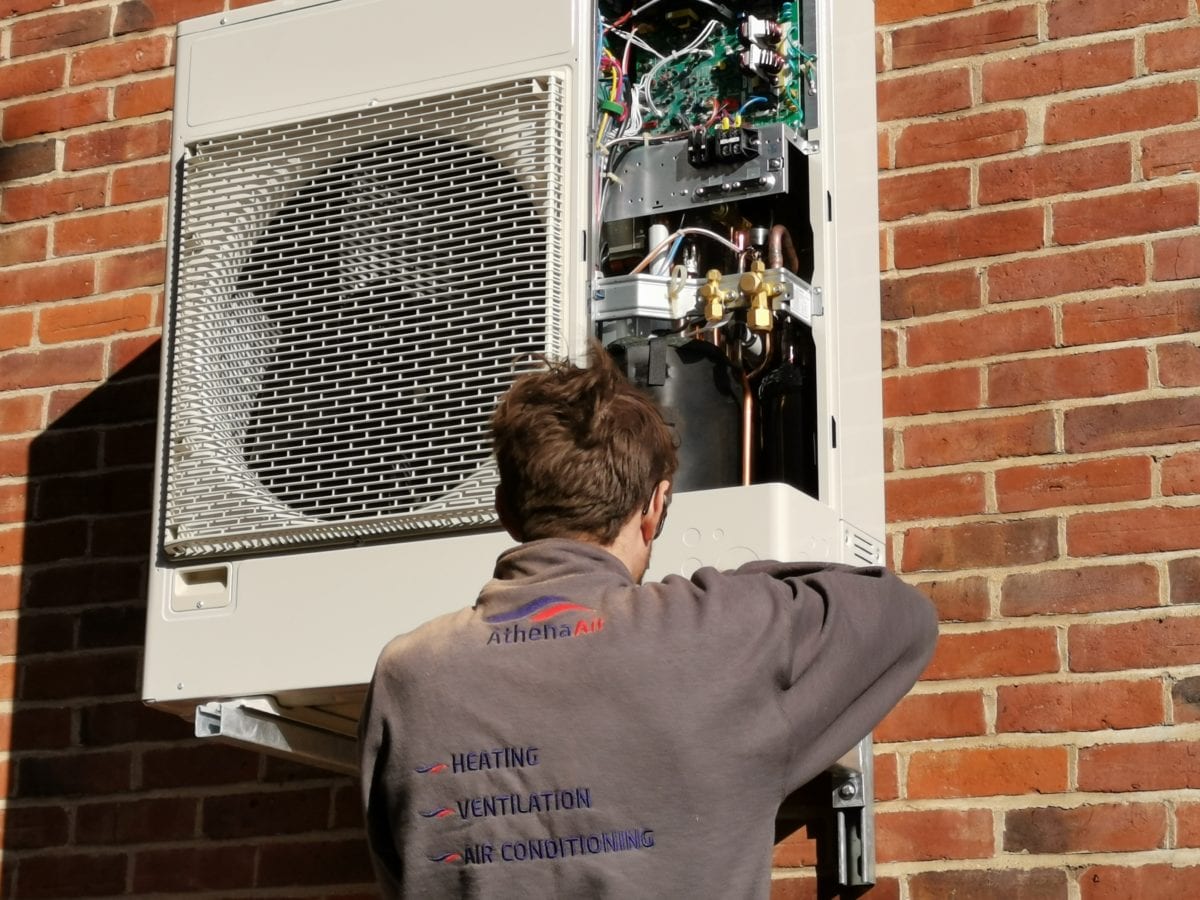
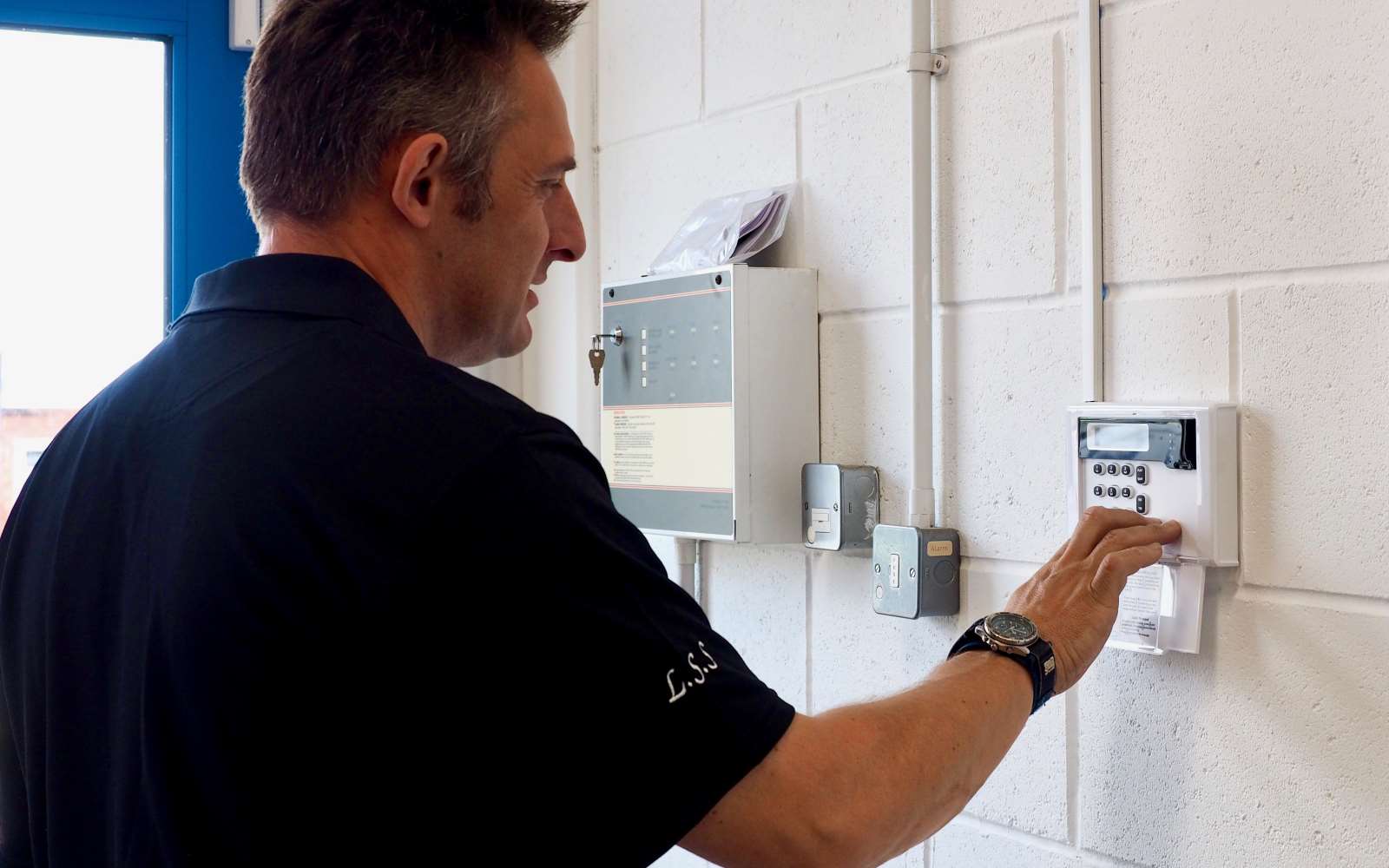
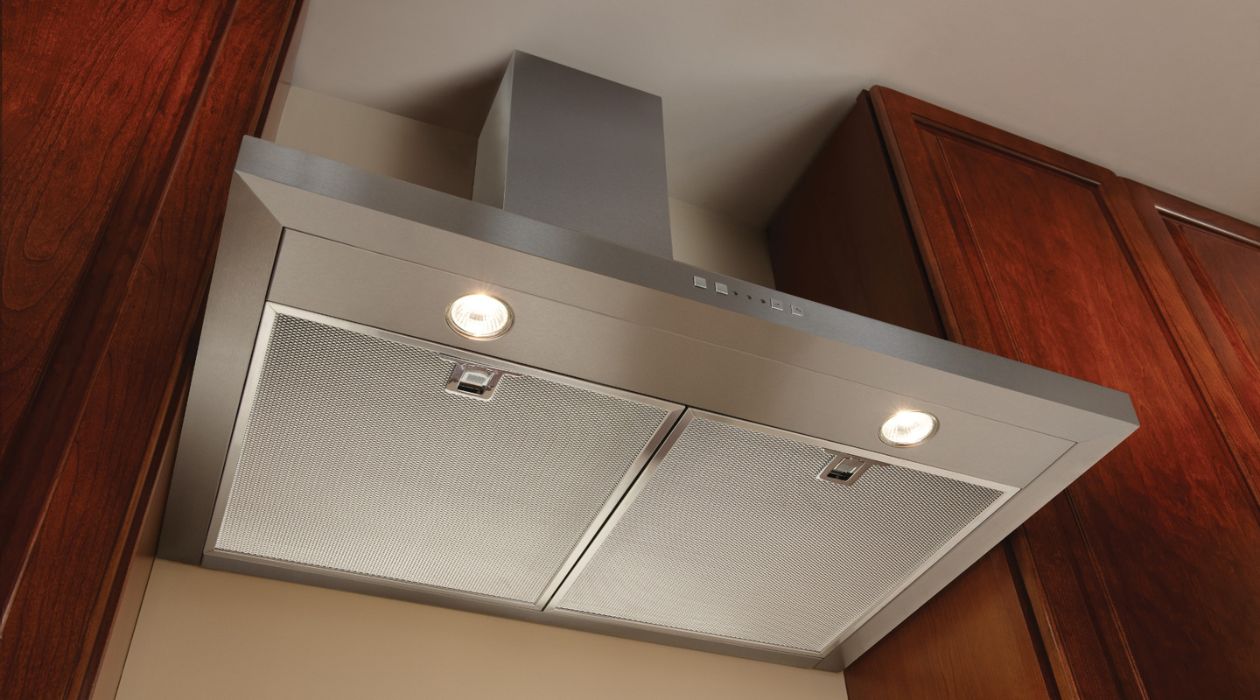
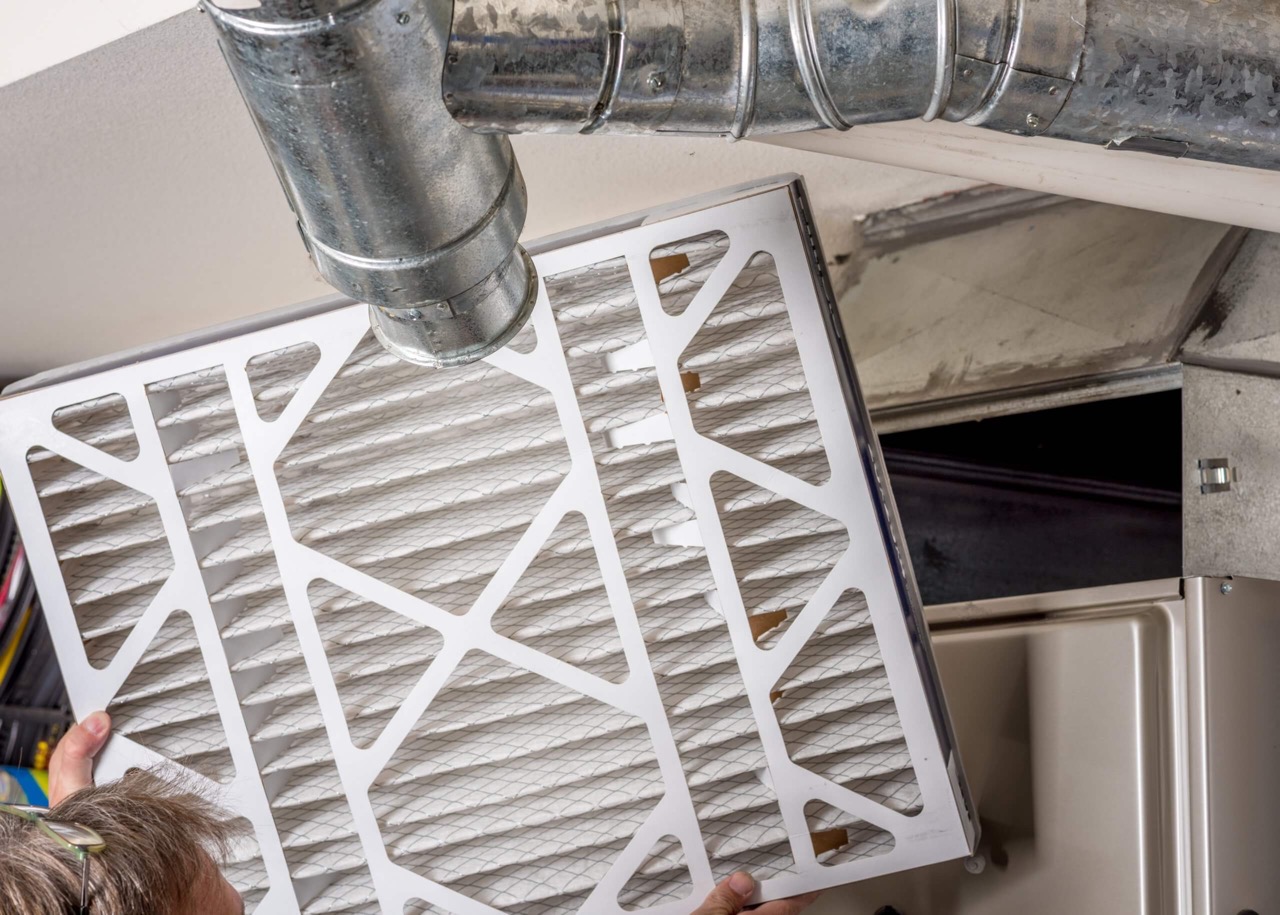
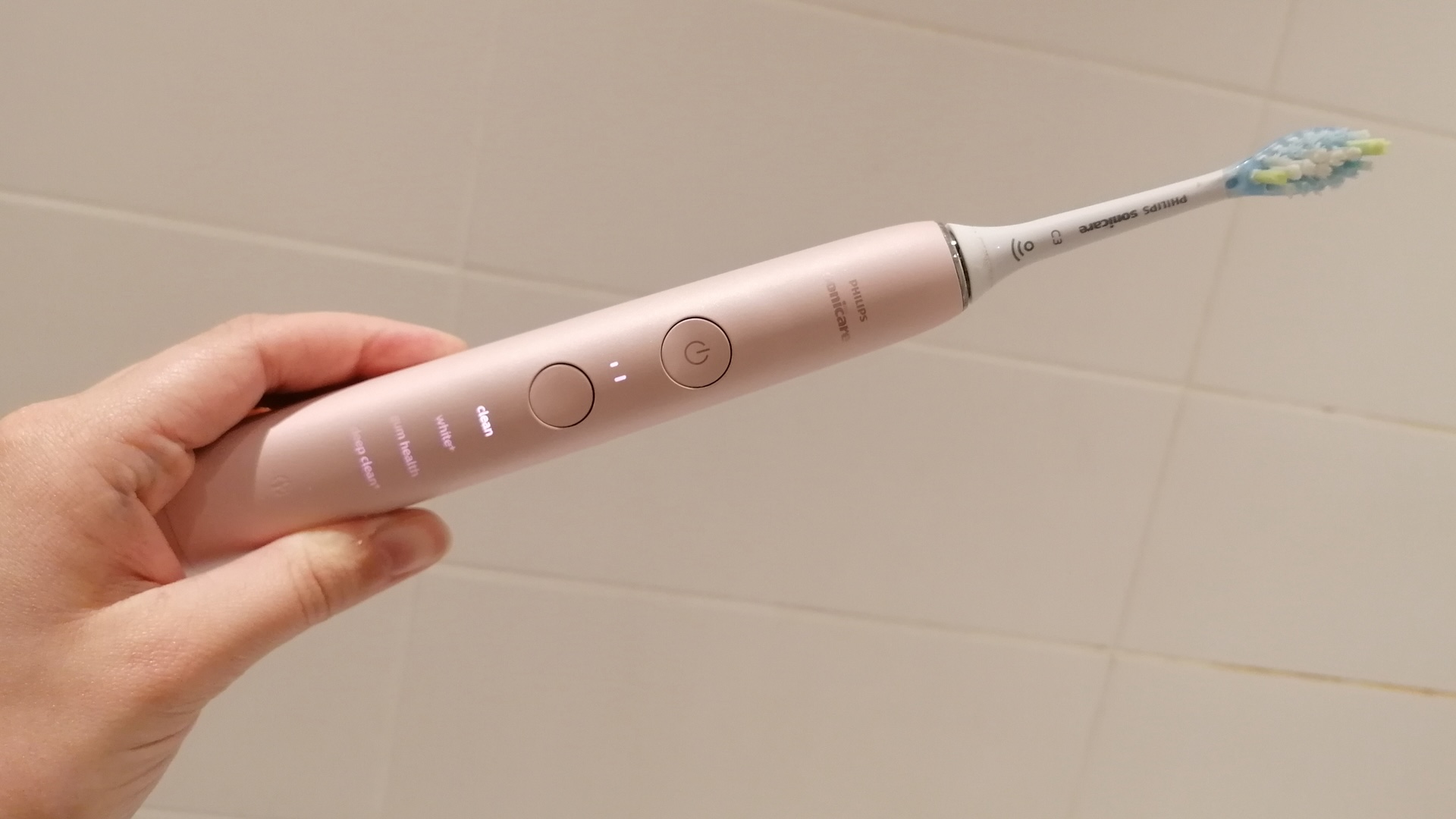



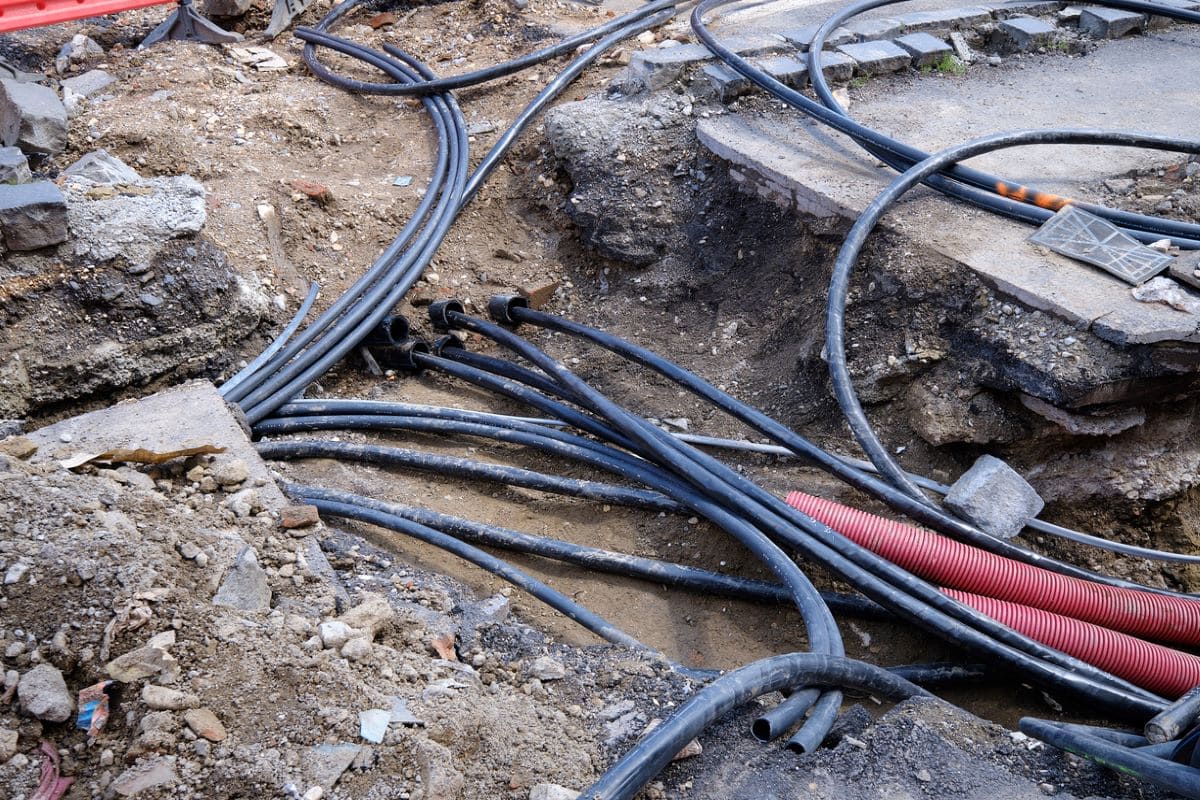
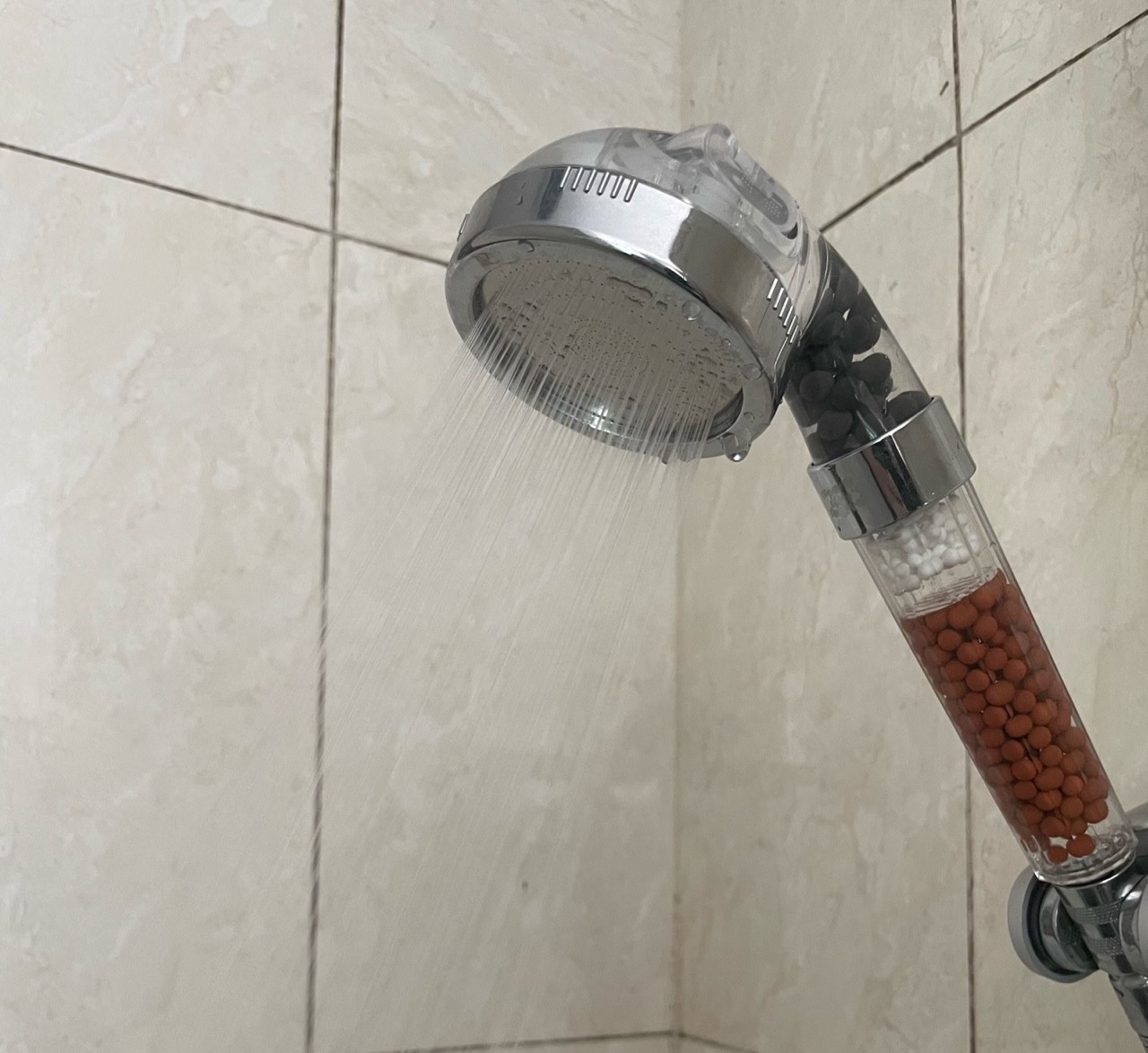
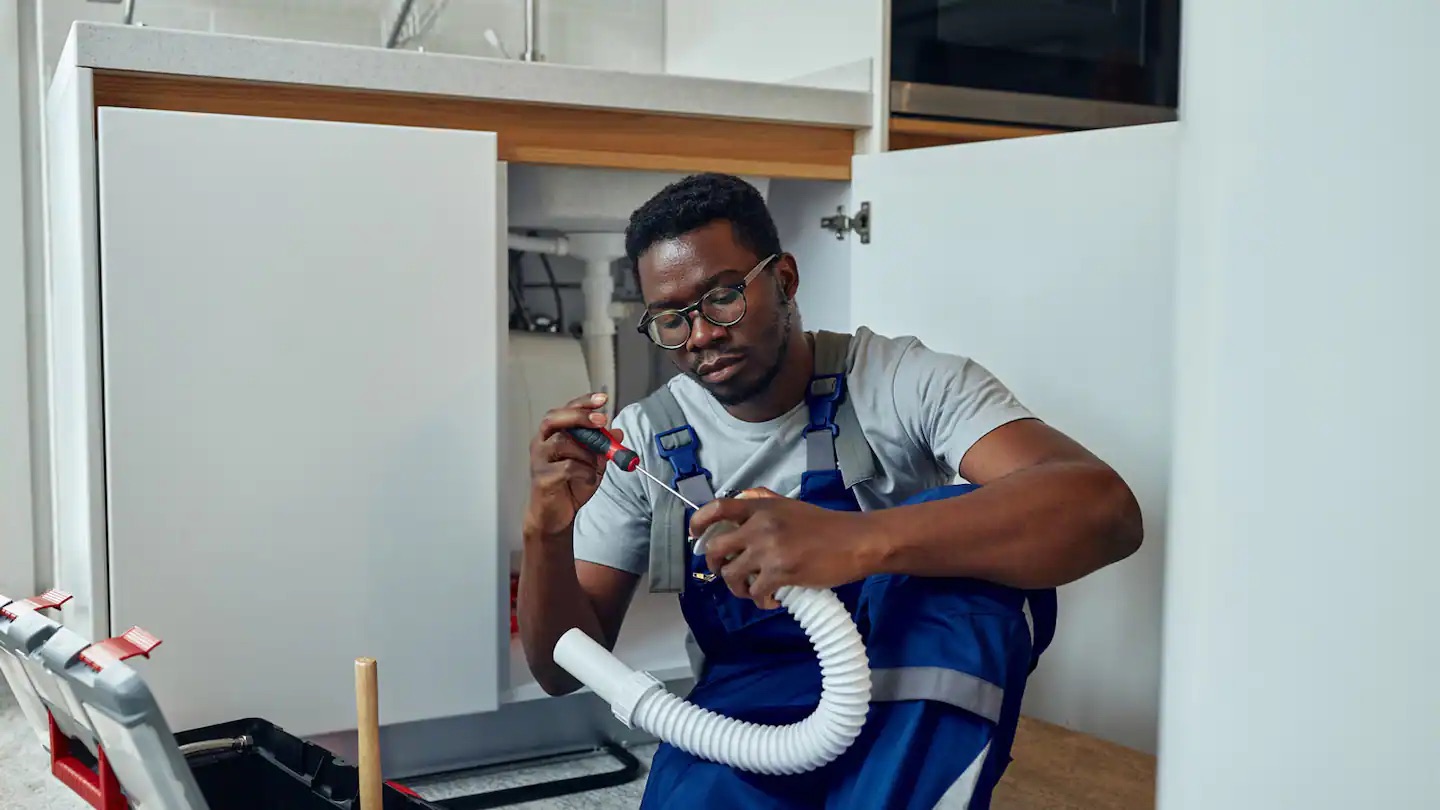
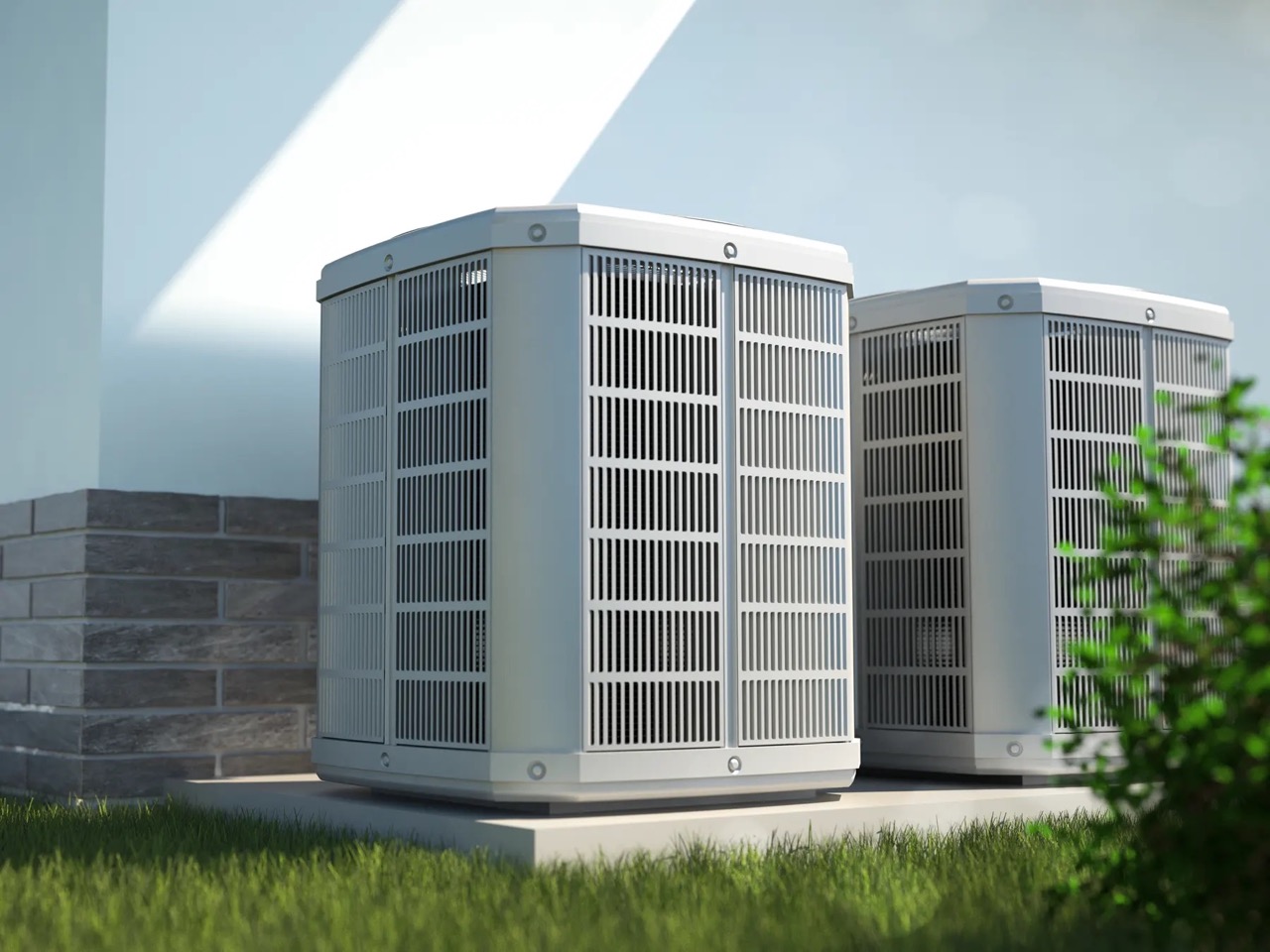

0 thoughts on “Why Have A Kennel Ventilation System”